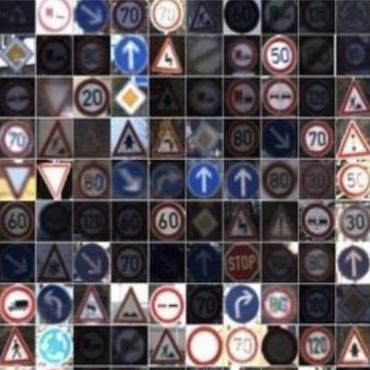Applications of Computer Vision in Autonomous Vehicles: Methods, Challenges and Future Directions
Autonomous vehicle refers to a vehicle capable of perceiving its surrounding environment and driving with little or no human driver input. The perception system is a fundamental component which enables the autonomous vehicle to collect data and extract relevant information from the environment to drive safely. Benefit from the recent advances in computer vision, the perception task can be achieved by using sensors, such as camera, LiDAR, radar, and ultrasonic sensor. This paper reviews publications on computer vision and autonomous driving that are published during the last ten years. In particular, we first investigate the development of autonomous driving systems and summarize these systems that are developed by the major automotive manufacturers from different countries. Second, we investigate the sensors and benchmark data sets that are commonly utilized for autonomous driving. Then, a comprehensive overview of computer vision applications for autonomous driving such as depth estimation, object detection, lane detection, and traffic sign recognition are discussed. Additionally, we review public opinions and concerns on autonomous vehicles. Based on the discussion, we analyze the current technological challenges that autonomous vehicles meet with. Finally, we present our insights and point out some promising directions for future research. This paper will help the reader to understand autonomous vehicles from the perspectives of academia and industry.
PDF Abstract






